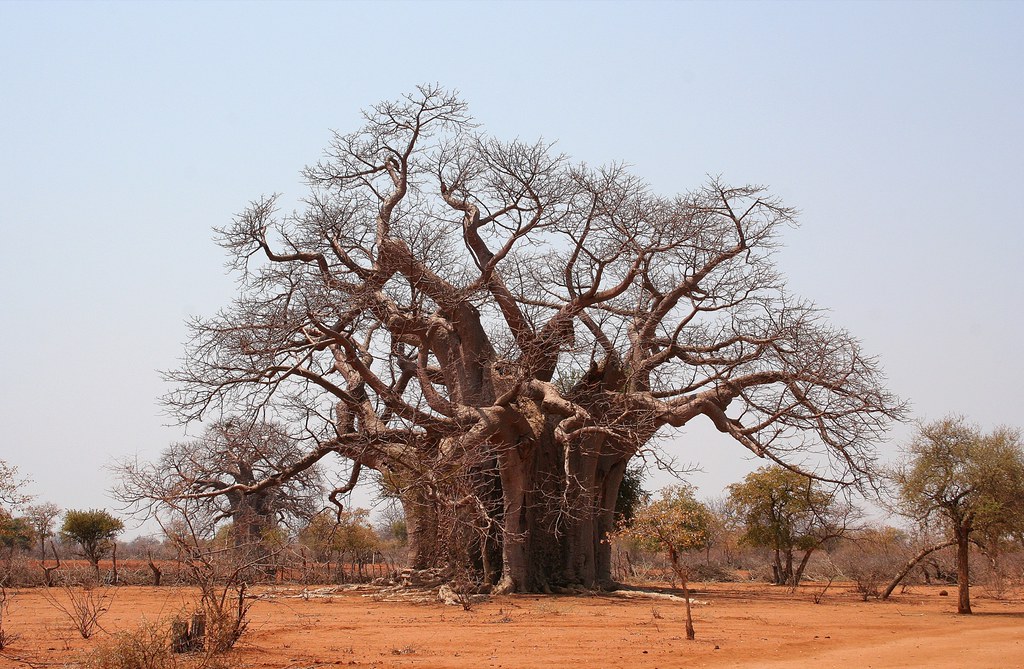
The baobab tree, Africa’s majestic “Tree of Life,” stands as a beacon of endurance and prosperity in some of the world’s most unforgiving landscapes.
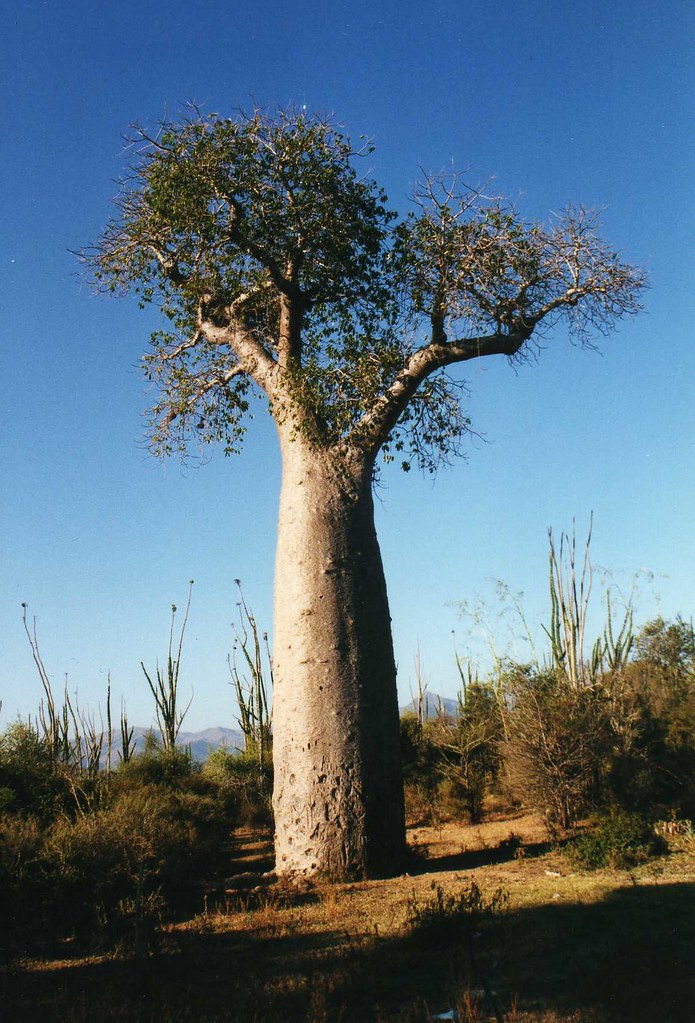
With new research revealing the ancient origins of these remarkable trees, they not only captivate us with their sheer presence but also tell a story of adaptation and survival across millennia.
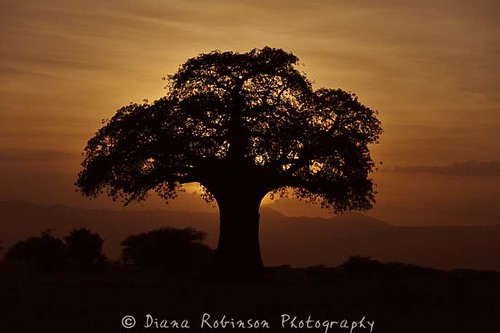
For centuries, the distinctive silhouette of the baobab tree has graced the horizon of the African savannah, as well as capturing the imagination in popular media from Disney’s “The Lion King” to “Avatar.”
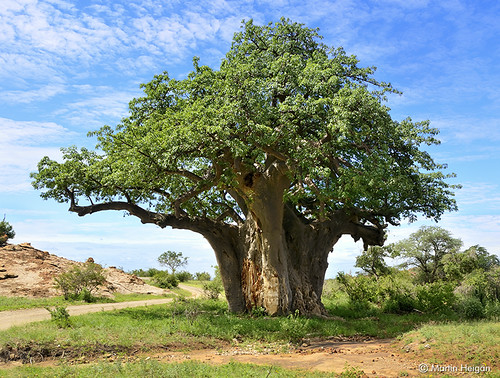
Beyond its pop culture cameos, the baobab is deeply woven into the fabric of African folklore and tradition. This “mother of the forest,” known for its wide trunk and sprawling branches, is an emblem of life and sustenance, providing not just shelter but also food and water for the surrounding community.
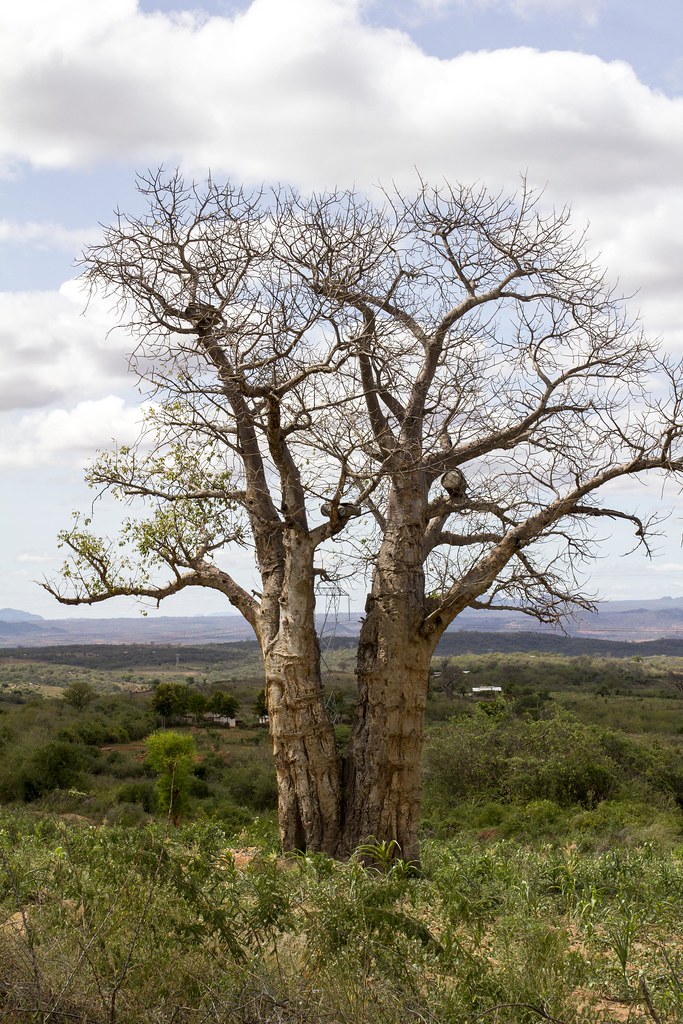
But the true origin of the baobab has long eluded scientists, that is until a breakthrough using DNA evidence. Researchers have pinpointed Madagascar as the birthplace of the baobab, from which the tree spread across Africa and even reached the shores of Australia.
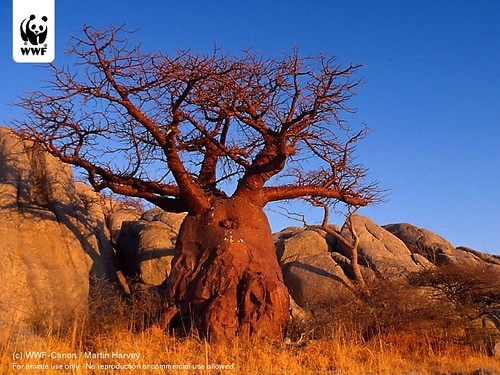
As Andrew Leitch, a professor at Queen Mary University of London involved in the study, poignantly explained, “We were delighted to be involved in this project uncovering patterns of baobab speciation in Madagascar followed by the astonishing long-distance dispersal of two species, one to Africa and another to Australia.”
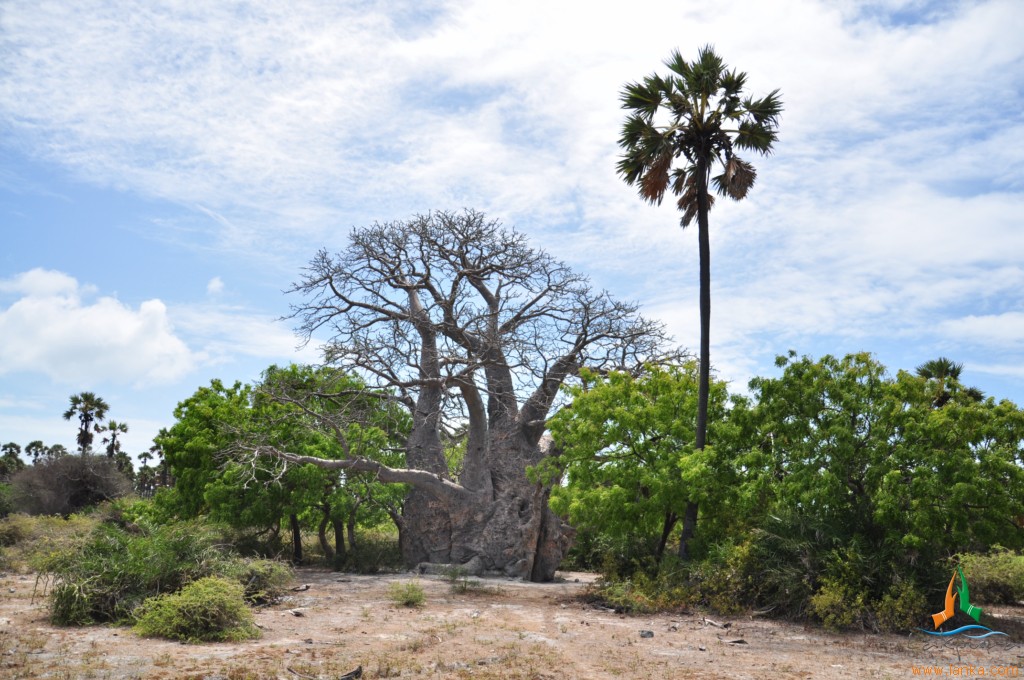
This movement over vast distances was accompanied by the tree’s remarkable evolution to attract different pollinators, from hawkmoths to lemurs and bats.
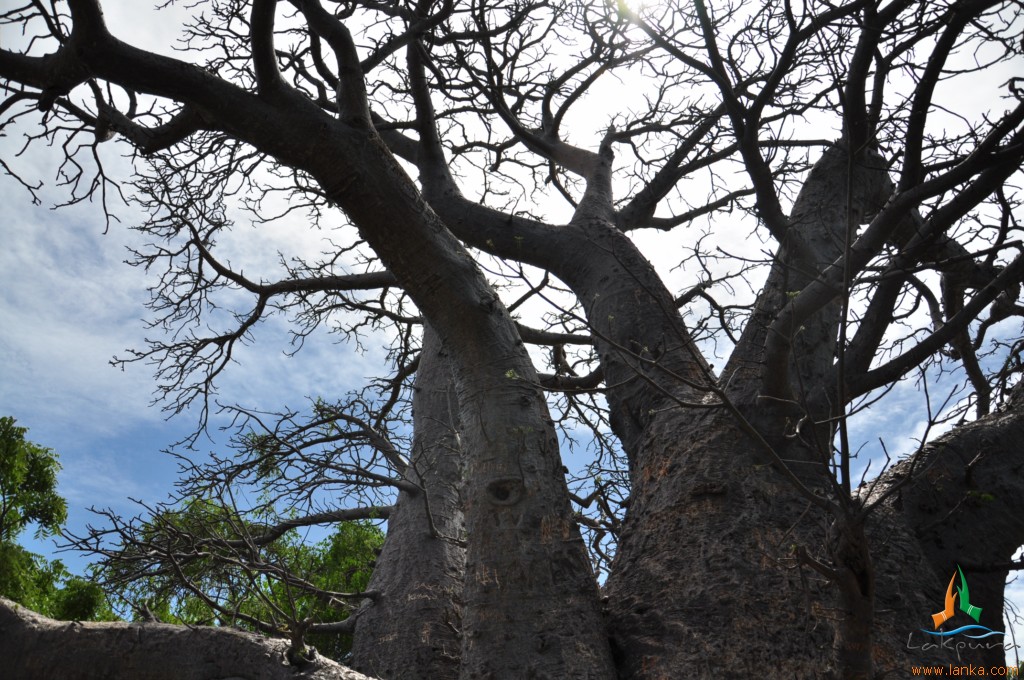
The baobab’s incredible resilience is also seen in its ability to store large reserves of water within its bulbous trunk, allowing it to survive in harsh, arid conditions and even produce nutrient-dense fruit during dry seasons. This unique feature has made it indispensable to both humans and animals, securing its status as the “Tree of Life.”
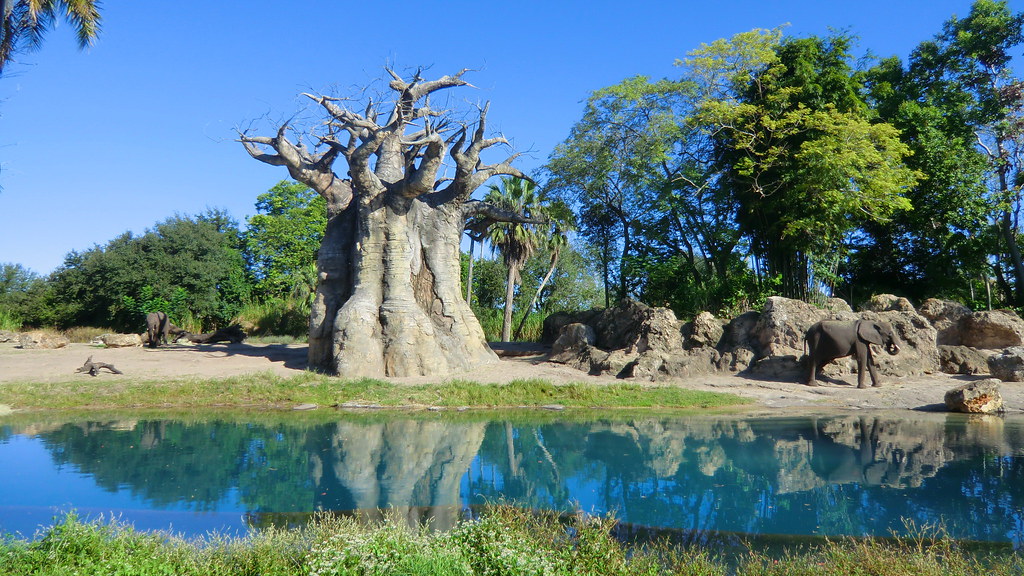
As one of the most nutrient-dense foods in the world, every part of the baobab is valuable, with the bark used for rope and clothing, seeds for cosmetic oils, and leaves as a food source.
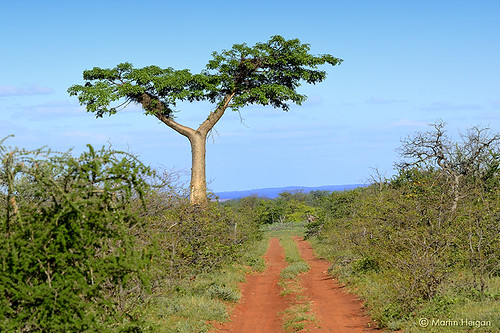
However, this keystone species is facing an existential threat. The San Diego Zoo Wildlife Alliance observed a “rapid increase” in baobab deaths in southern Africa, with climate change potentially contributing to the collapse of the continent’s 13 largest baobabs—nine have already succumbed.
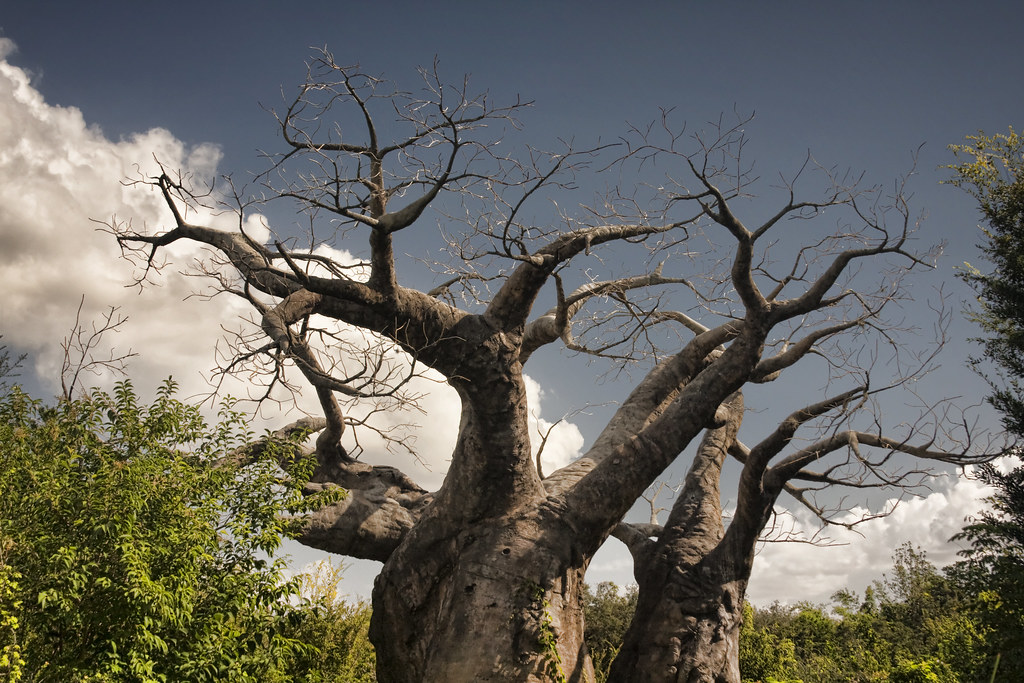
Furthermore, the study’s findings that some baobab trees possess low genetic diversity, which jeopardizes their ability to adapt to environmental changes, calls for a re-evaluation of their conservation status. In Madagascar, one species may even risk extinction by 2080 due to climate change, underscoring the urgency to reassess and enhance efforts to protect these spectacular trees.

This concern resonates with the social and economic potential that baobabs hold for rural Africa. With an estimated 10 million households able to provide baobab from wild-harvested, community or family-owned trees, a global demand for this “superfruit” could inject a billion dollars annually into the local economies of some of the poorest regions.
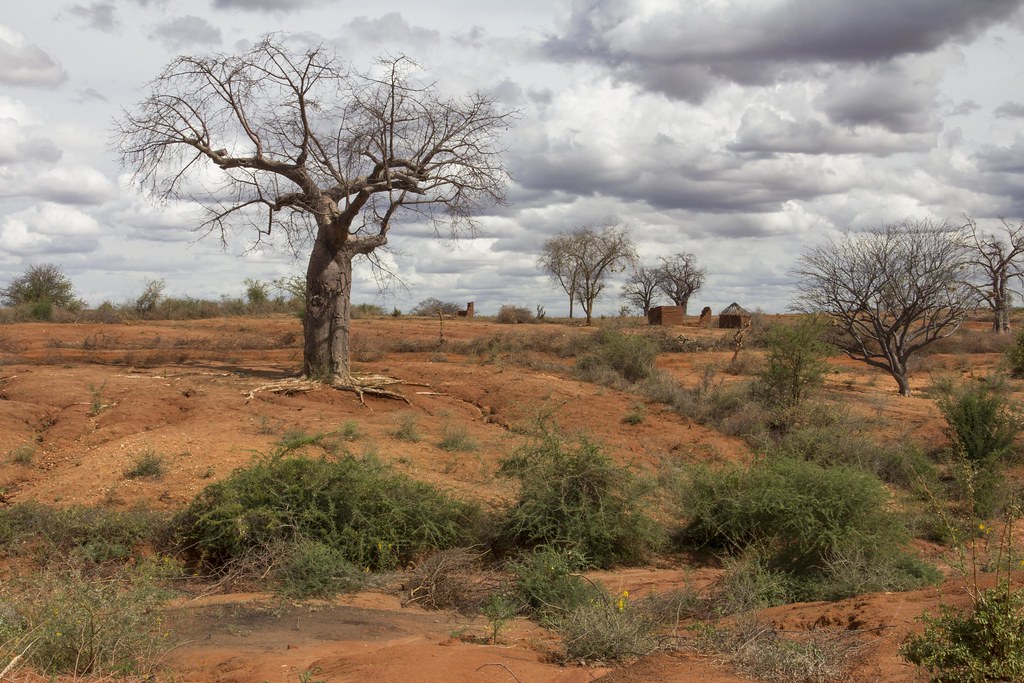
As the plight of the baobabs becomes more pressing, efforts to raise awareness and commercialize baobab products are gaining momentum. The baobab fruit, with its natural shelf life of three years and no need for preservatives, offers a ray of hope for energy, immune function, digestive health, and even skin vitality.
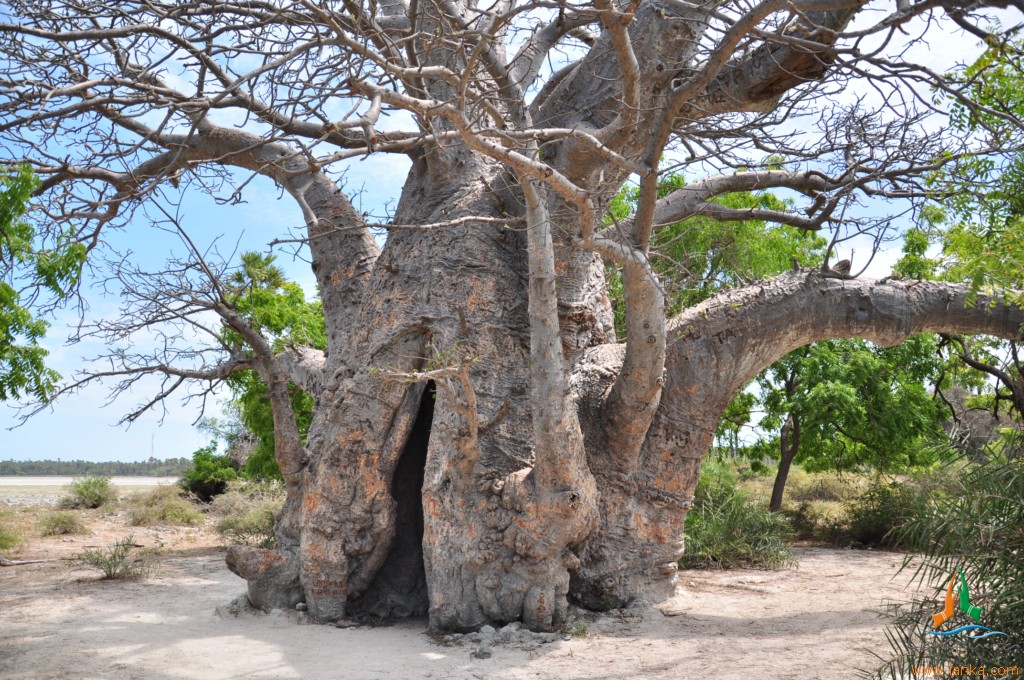
Pioneers like Aduna are on a mission to #MakeBaobabFamous, hoping to transform the vast, untapped resources of the baobab into a vehicle for prosperity and preservation.
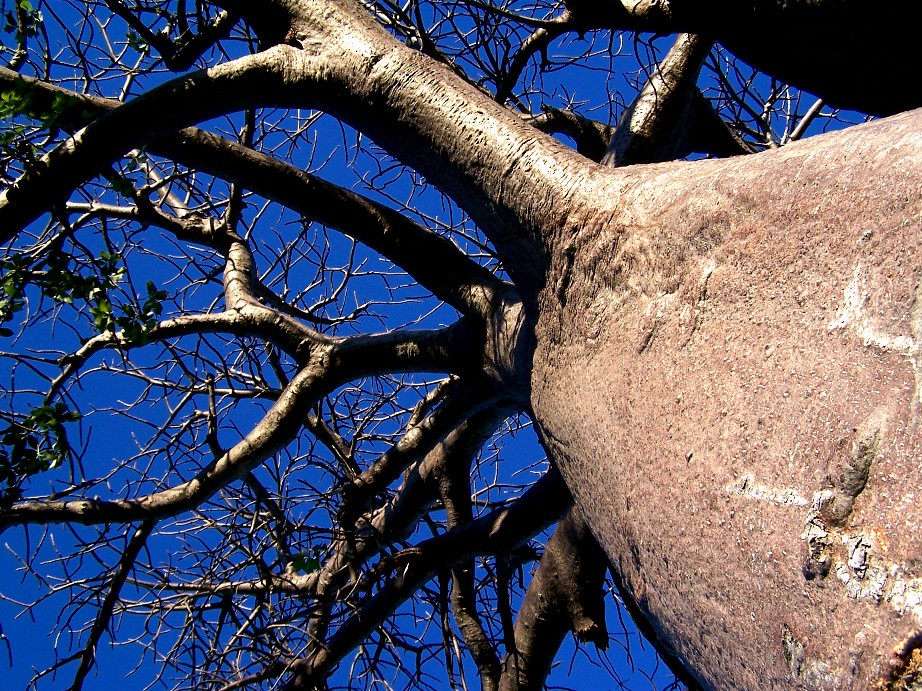
The story of the baobab tree is one of intrigue and inspiration. In unraveling the mysteries of its origins, we find a symbol of life’s tenacity and a reminder of our shared responsibility to safeguard the diversity and vitality of our planet.
Relevant articles:
– Mysterious origin of the “tree of life” revealed as some of the species is just decades from extinction, CBS News
– The Baobab Tree:Africa’s Iconic “Tree of Life” – Aduna, aduna.com

